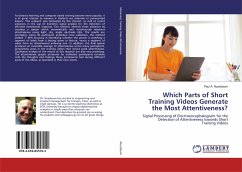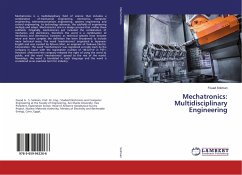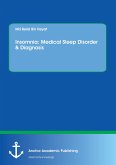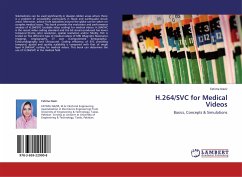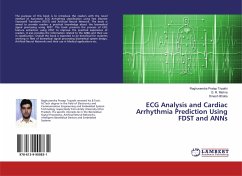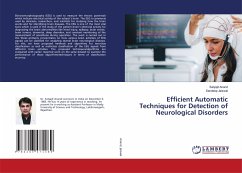As distance learning and computer based training become more popular, it is of great interest to measure if students are attentive to prerecorded lessons. This research was motivated by this interest, as well as recent advances in the use of biometric signal analysis for the detection of affective (emotional) response. This research extends these advances by creating a system which automatically and continuously measures attentiveness using light, dry, single electrode EEG. The results are promising. Using 56 participant individual cross validation, the method yielded 85% accuracy in identifying whether the person is watching a segment of video from a boring scene or lecture, versus a segment of video from an attentiveness inducing one. In addition, the final system produces an ensemble average of attentiveness across many participants, pinpointing areas in the training videos that induce peak attentiveness. Qualitative analysis of the results of this research are also very promising. The attentiveness graphs produced for individual participants correlate with the thoughts and feelings those participants had during different parts of the videos, as described in their own words.

